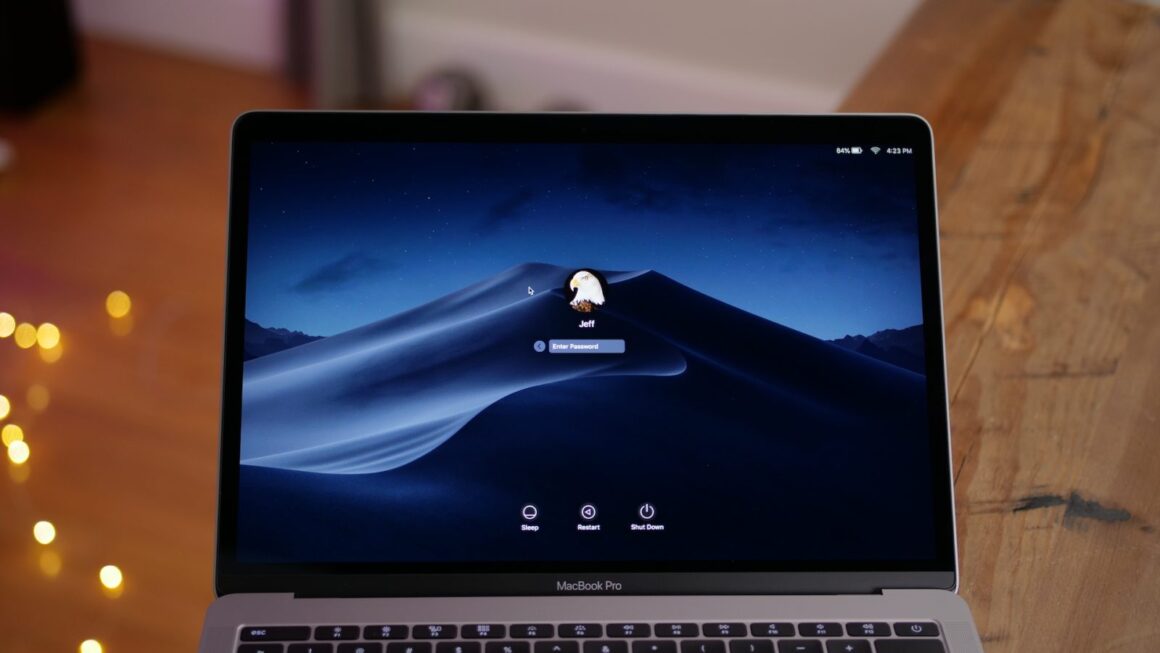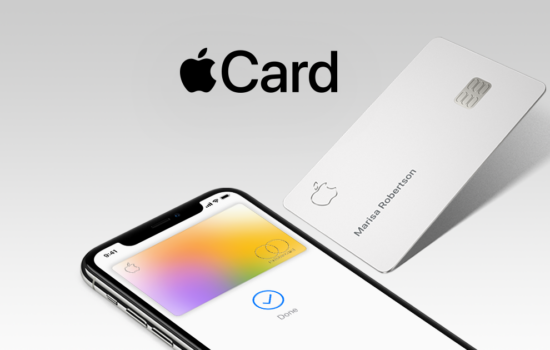Following the release of Apple’s latest desktop operating system macOS Mojave this morning, the company has shared some interesting information regarding the official support for Mac Pro (mid 2010) models updating from macOS High Sierra 10.13.
macOS Mojave drops support for OpenCL and OpenGL, in favor of the company’s proprietary Metal 2 framework, which is faster and provides deeper level access to the GPU (graphics processing unit) on newer Mac models, which explains the drop in many Mac models:
macOS Mojave 10.14
- MacBook Pro (mid 2012 and later)
- MacBook Air (mid 2012 and later)
- MacBook (early 2015 and later)
- iMac (late 2012 and later)
- iMac Pro (2017 and later)
- Mac Mini (late 2012 and later)
macOS High Sierra 10.13
- MacBook (Late 2009 or newer)
- MacBook Pro (Mid 2010 or newer)
- MacBook Air (Late 2010 or newer)
- Mac mini (Mid 2010 or newer)
- iMac (Late 2009 or newer)
- Mac Pro (Mid 2010 or newer)
macOS Mojave drops support for Mac models from 2009, 2010 and even 2011 models, which is a very “un-Apple” move, since iOS 12 supports iPhone 5s and later.
Apple outlines the graphic cards that support Metal and are therefore compatible with macOS Mojave on the mid-2010 and mid-2012 Mac Pro models:
- MSI Gaming Radeon RX 560 128-bit 4GB GDRR5
- SAPPHIREÂ Radeon PULSEÂ RX 580Â 8GB GDDR5
- SAPPHIRE Radeon HD 7950 Mac Edition
- NVIDIA Quadro K5000 for Mac
- NVIDIA GeForce GTX 680 Mac Edition
The company states that “some other third-party graphics cards” based on certain AMD GPU families “might” also be compatible with Mojave on the mid-2010 and mid-2012 Mac Pro models:
- AMD Radeon RX 560
- AMD Radeon RX 570
- AMD Radeon RX 580
- AMD Radeon Pro WX 7100
- AMD Radeon RX Vega 56
- AMD Radeon RX Vega 64
- AMD Radeon Pro WX 9100
- AMD Radeon Frontier Edition
Also interesting to note, Bootcamp support for the iMac (27″, Late 2012) has been dropped, and users will be unable to use Bootcamp for models with a 3D hard drive.
If you have an iMac (27-inch, Late 2012) with a 3TB hard drive, you must remove its Boot Camp partition before you can install macOS Mojave 10.14. After you upgrade to macOS Mojave, you won’t be able to use Boot Camp to install Windows on this Mac.
The alert “Installation cannot proceed with Boot Camp configured” appears only when you try to install macOS Mojave 10.14Â on iMac (27-inch, Late 2012) that has a 3TB hard drive with an existing Boot Camp partition.
To install macOS Mojave on this iMac, first back up your Windows data, then use Boot Camp Assistant to remove the Boot Camp partition. After the Boot Camp partition is gone, you can install macOS Mojave.
All Macs that can install Mojave need Metal 2, unless you install it through a patcher.
What do you think of macOS Mojave? Let us know in the comments below!







